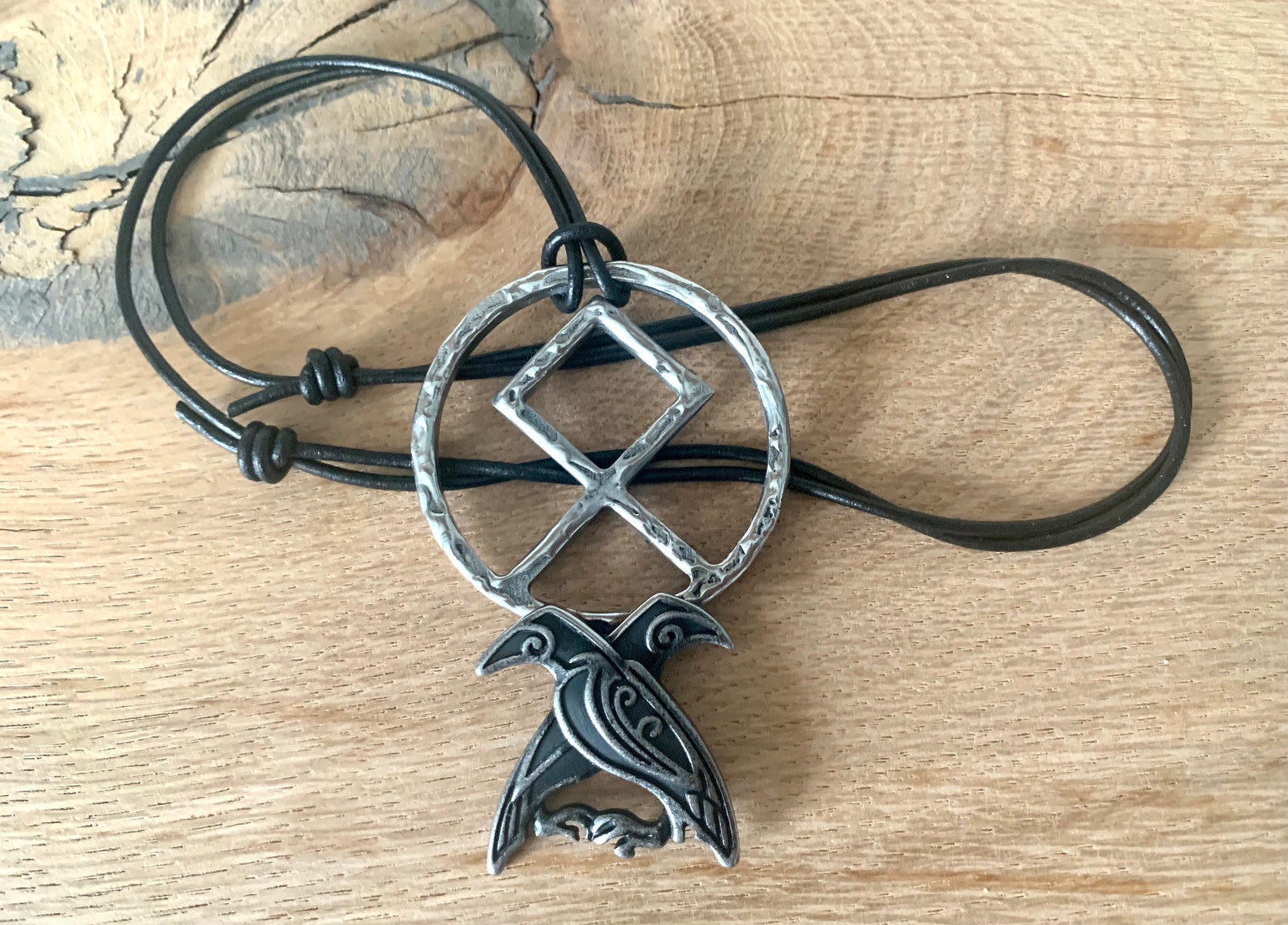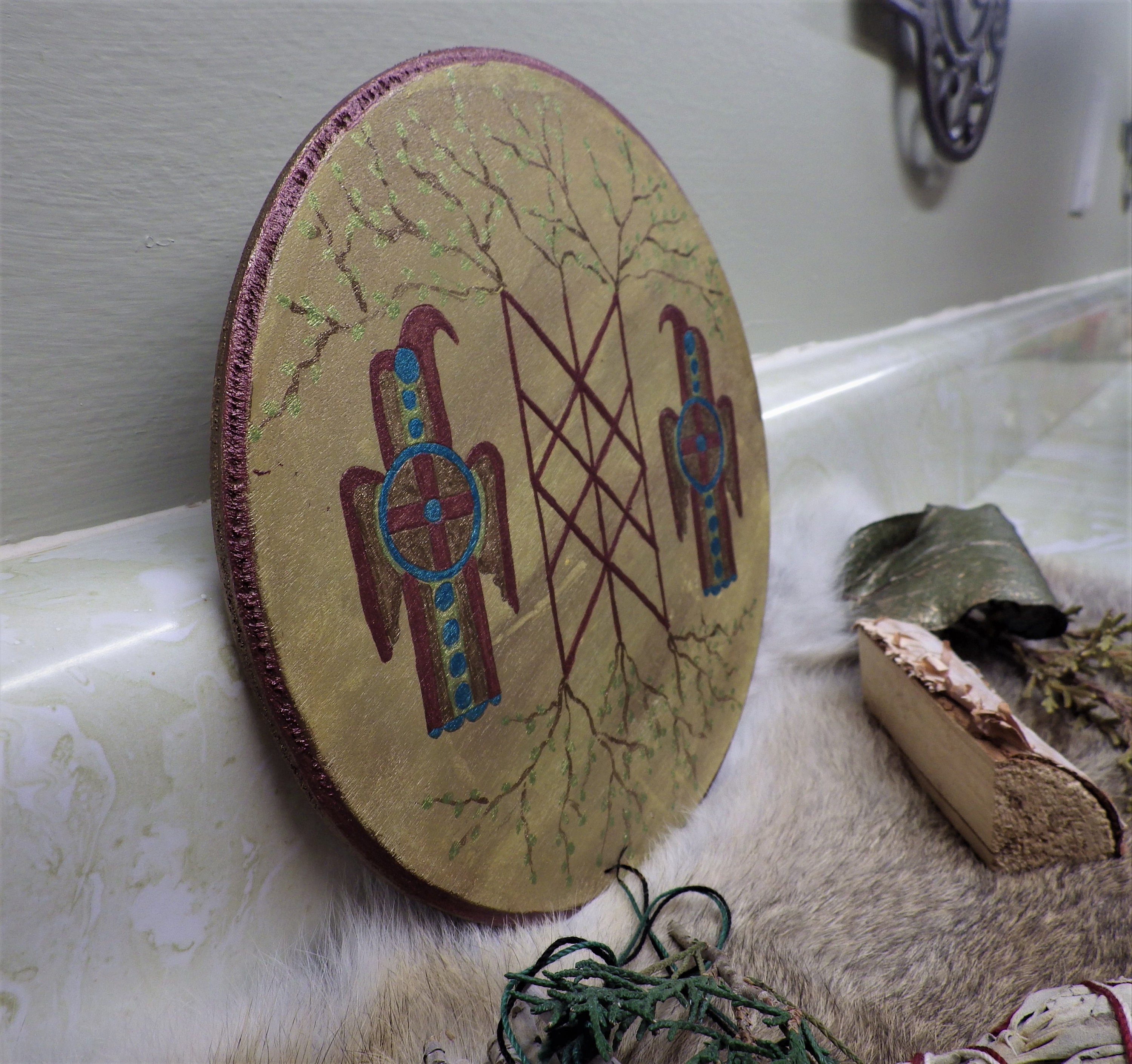

High adds that it is from this association that Odin is referred to as " raven-god". As a result, Odin is kept informed of many events.

Odin sends Huginn and Muninn out at dawn, and the birds fly all over the world before returning at dinner-time. The ravens tell Odin everything they see and hear. In the Prose Edda book Gylfaginning (chapter 38), the enthroned figure of High tells Gangleri (king Gylfi in disguise) that two ravens named Huginn and Muninn sit on Odin's shoulders. Henry Adams Bellows translation: O'er Mithgarth Hugin and Munin both Each day set forth to fly For Hugin I fear lest he come not home, But for Munin my care is more. I fear for Hugin, that he come not back, yet more anxious am I for Munin. Grímnir says that he worries Huginn may not come back, yet more does he fear for Muninn:īenjamin Thorpe translation: Hugin and Munin fly each day over the spacious earth. He tells the prince about Odin's wolves Geri and Freki, and, in the next stanza of the poem, states that Huginn and Muninn fly daily across the entire world, Midgard. In the Poetic Edda poem Grímnismál, the god Odin (disguised as Grímnir) provides the young Agnarr with information about Odin's companions. Odin enthroned and holding his spear Gungnir, flanked by his ravens Huginn and Muninn and wolves Geri and Freki (1882) by Carl Emil Doepler Huginn and Muninn's role as Odin's messengers has been linked to shamanic practices, the Norse raven banner, general raven symbolism among the Germanic peoples, and the Norse concepts of the fylgja and the hamingja. Heimskringla details that Odin gave Huginn and Muninn the ability to speak.Įxamples of artifacts that may depict Odin with one of the ravens include Migration Period golden bracteates, Vendel era helmet plates, a pair of identical Germanic Iron Age bird-shaped brooches, Viking Age objects depicting a moustached man wearing a helmet, and a portion of the 10th or 11th century Thorwald's Cross. In the Prose Edda and the Third Grammatical Treatise, the two ravens are described as perching on Odin's shoulders. The Prose Edda explains that Odin is referred to as Hrafnaguð (O.N.: "raven-god") due to his association with Huginn and Muninn. In the Poetic Edda, a disguised Odin expresses that he fears that they may not return from their daily flights. The names of the ravens are sometimes modernly anglicized as Hugin and Munin. Huginn and Muninn are attested in the Poetic Edda, compiled in the 13th century from earlier traditional sources: the Prose Edda and Heimskringla in the Third Grammatical Treatise, compiled in the 13th century by Óláfr Þórðarson and in the poetry of skalds. In Norse mythology, Huginn ( Old Norse: "thought" ) and Muninn (Old Norse "memory" or "mind" ) are a pair of ravens that fly all over the world, Midgard, and bring information to the god Odin. Huginn and Muninn sit on Odin's shoulders in an illustration from an 18th-century Icelandic manuscript


 0 kommentar(er)
0 kommentar(er)
